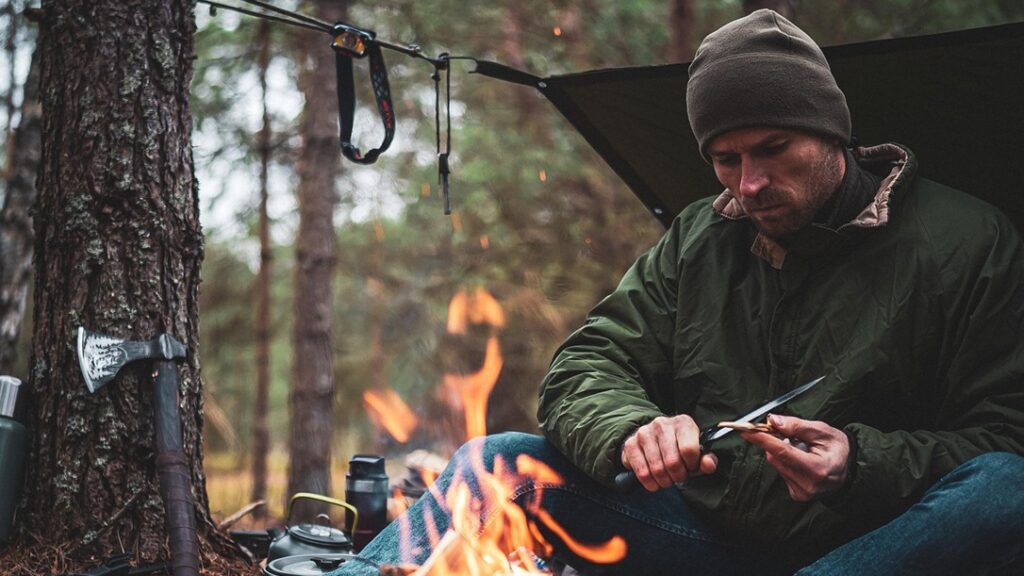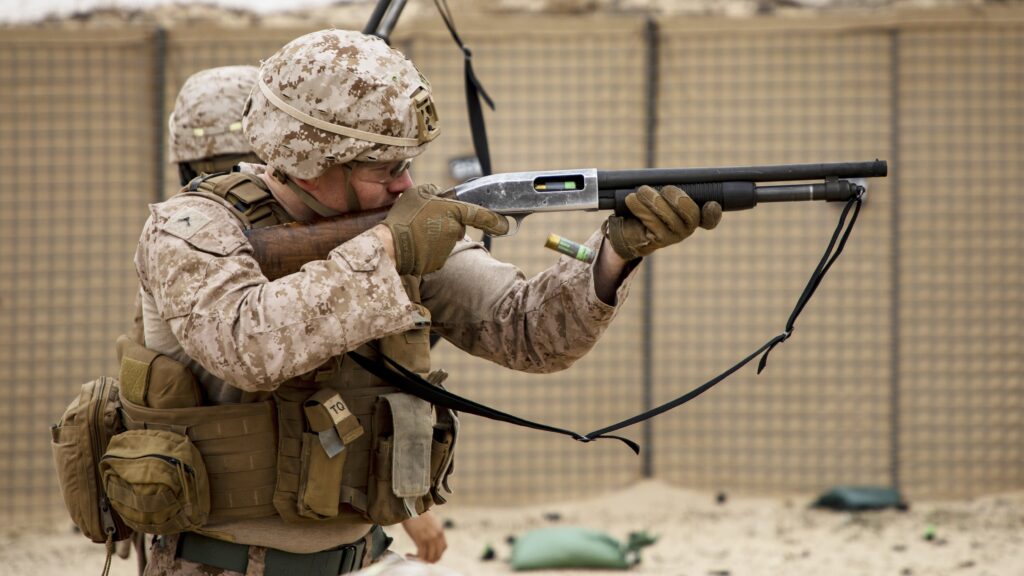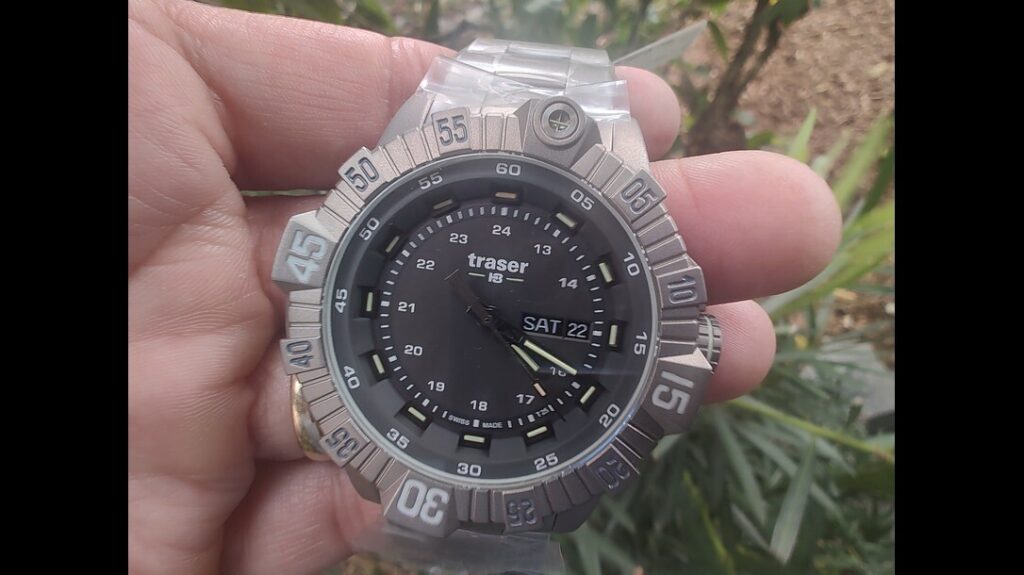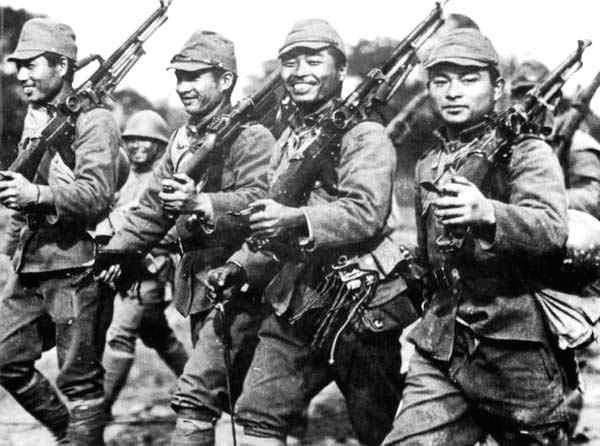De-escalation techniques are sometimes given far too little attention in the self-defense world. The thing is, the easiest fight to win is the one that never happens. While there are certainly situations where violence is inevitable, those times are far outnumbered by situations where it can be avoided.
In large part, de-escalation comes down to communication, both verbal and non-verbal.
Verbal De-Escalation
Verbal communication is what is spoken and heard. It’s audible, and it starts with volume and tone. When we’re looking to dial things back a bit in a potentially bad situation, avoid raising your voice if possible. That may be difficult in some situations, such as if you’re in a bar or club. If you do have to shout to be heard, the goal is to shout to the person, not at the person.
Advertisement — Continue Reading Below

Something I’ve found works fairly well with calming tempers is to slow my speech pattern just a touch. Not to a ridiculous degree, of course, as that may come across as insulting and thus have the opposite effect.
Don’t dismiss their feelings or judge them, even if you feel that they’re being out of line or overreacting to what’s happening. Remember that just because you don’t agree with them, that doesn’t diminish how they feel.
Advertisement — Continue Reading Below
What you say matters just as much as how you say it. Word and phrase choices matter. Think about it like this for a moment. If you and your significant other are arguing and one of you says to the other, “Calm down,” how often does that actually de-escalate the spat?
Exactly, and it works about that well outside the home, too. Instead, use I statements like, “I can see that you’re angry. What can I do to help?”
Non-Verbal De-Escalation
Non-verbal communication is pretty much everything that’s not verbal, such as body language and posture. As much as possible, keep a safe distance between you and the other person. This accomplishes a few things. It keeps you out of reach, so they can’t easily grab or punch you, at least not without moving toward you.
Advertisement — Continue Reading Below
Keeping some space between you serves to make you less threatening and help lower their defensive attitude a bit. If you can stand a little off to the side, rather than straight on face to face, so much the better.
Some of us like to talk with our hands. That’s not a great way to defuse a possible altercation. Avoid sudden gestures, particularly ones involving swinging your hands and arms around. Just like with your voice, keep your movements slow and easy.

Advertisement — Continue Reading Below
Fake smiles are easily spotted. Instead, keep your expression neutral. Eye contact is great, but don’t overdo it and stare them down.
It should go without saying that none of this is foolproof. Some people are bound and determined to escalate things until the confrontation turns physical. But they’re in the minority. Most people are more bark than bite. The goal with de-escalation is to talk them down and let cooler heads prevail.















